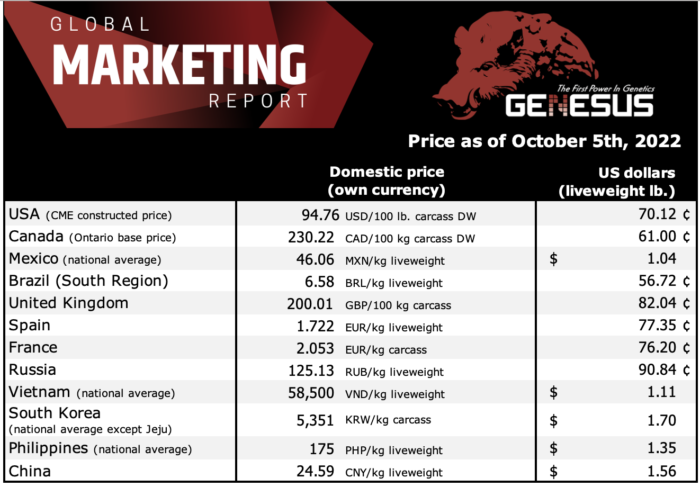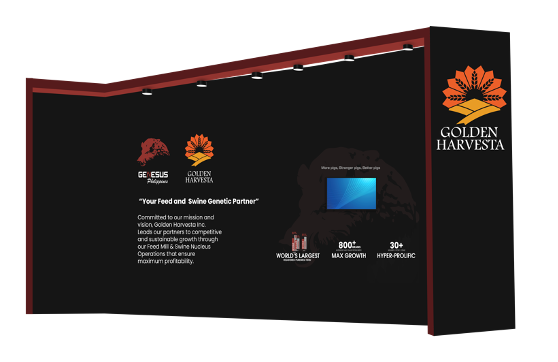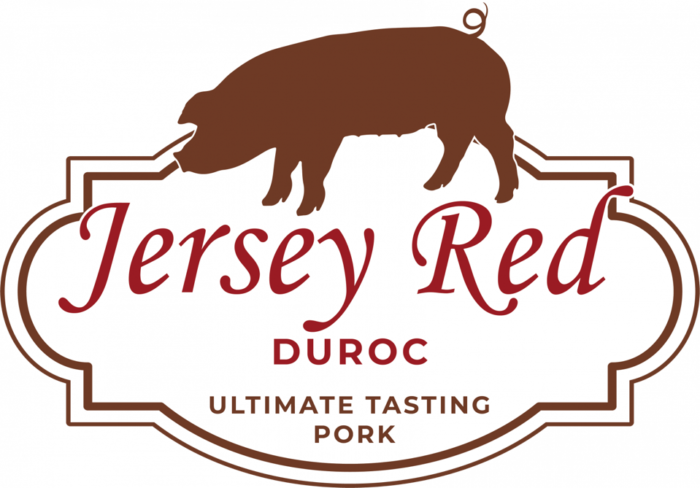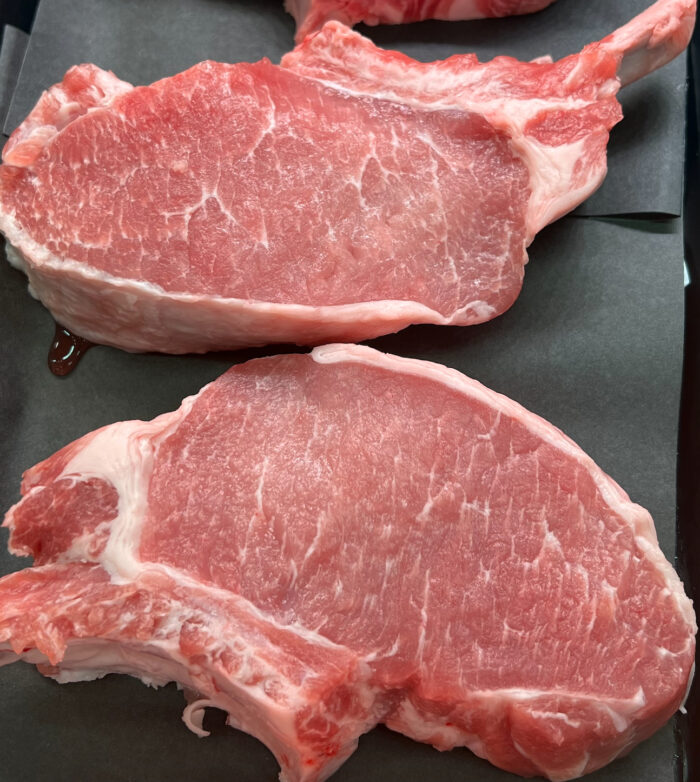Paul Anderson, General Manager South East Asia – International Sales Manager Genesus Inc.

Philippines
Based on September 16, 2022’s ASF Zoning of the National Zoning and Movement Plan for the Prevention and Control of ASF, an increase of 46 cities/municipalities have recovered from Red (Infected) to Pink (Buffer) Zones. This transcribes to a total of 250 cities/municipalities that have been ASF-free for the past 90 days.
However, as the rainy season continues, an increase in ASF cases recurrence has been reported on the island of Luzon; where the majority of the country’s pig production is located.
THE INSPIRE PROGRAM
The Department of Agriculture (DA) through the National Livestock Program, formed the Integrated National Swine Production Initiatives for Recovery and Expansion (INSPIRE) Program where beneficiaries will receive a monetary grant as an aid to help the ASF-struck farms to repopulate again.
Last September 24, 2022, Genesus Philippines in partnership with the National Federation of Hog Farmers, Inc. (NatFed-NFHFI), and the Jolly Swine Raisers, Inc. (JSR), successfully delivered 150 Hyperprolific F1 Gilts, Landrace, Yorkshire, and Jersey Red Duroc Boars to Rica Farm; the 1st INSPIRE member to repopulate, and with Genesus Philippines Genetics.
More and more farms are expected to repopulate with Genesus Philippines Genetics in the coming months upon the zoning clearance of the beneficiaries and the completion of the building repairs of the farms. This partnership is a testament to our commitment to help the Philippine Swine Industry to bounce-back to its full glory.
UPCOMING


Golden Harvesta Inc. and Genesus Philippines will be joining the 27th AGRILINK 2022.
AGRILINK is the agribusiness exhibition and seminars organized by the Foundation for Resource Linkage & Development, annually in October. From its first show in 1994, it is quickly became the Philippines’ largest annual international agribusiness event, attracting hundreds of exhibitors and the highest number of visitors. A good number of foreign or international companies from France, China, Korea, USA, Germany, Thailand, Netherlands, and other Asian countries were among the exhibitors. Visitors consisted of entrepreneurs and professionals in animal breeding, machinery and equipment, animal health and nutrition, aquaculture, grains, organic farming, and horticulture, among others.
Vietnam
The International Monetary Fund (IMF) projected that the real GDP of Vietnam will reach to 6.0% in 2022 from 2.6% in 2021. Over 2022-2040, Vietnam’s economy is forecast to expand at a compound annual growth rate (CAGR) of 5.5%, in comparison to the average of 4.2% in Asia Pacific and the global average of 3.1%.
In 2020, Vietnamese largest crop was rice, with total production of 71.3 million tonnes. Meat, poultry was the most produced meat in Vietnam in 2020, reached 1.3 million tonnes of meat, poultry were produced in 2020, up from 0.9 million in 2016.
In 2021, Vietnam’s total agri-food and seafood imports from the world were valued at US$26.7 billion, of which US$247.9 million was from Canada, representing 0.9% of Vietnam’s total imports.
Canadian agri-food and seafood exports to Vietnam decreased at a CAGR of 14.9% from 2017 to 2021, reaching US$246.7 million. Canadian top-five exports to Vietnam in 2021 were soya beans, frozen boneless beef, frozen pork, frozen crabs and frozen hams, shoulders and cuts thereof of swine. Canadian lobsters (live/fresh/chilled) almost half of market share in Vietnam, and Canadian frozen crabs accounted for 41.1% of market share in Vietnam.
Total sales of packaged food in in the Vietnam increased by a CAGR of 6.9% over the period from 2016 to 2021 and are expected to remain steady through to 2026.
Total retail sales in the health and wellness food and drink products grew by a CAGR of 6.0% for the period 2016 to 2021, and are expected to grow by a CAGR of 5.9% between 2021 and 2026. The sector saw retail sales of US$5.6 billion in 2021, expected to reach US$7.4 billion in 2026.
In 2021, consumer foodservice growth declined. Home delivery and takeaway were the most obvious changes in consumer preference during the pandemic. Consumer foodservice is expected to rebound strongly in 2022 and 2023.
The price of the pig now is 57,000 – 62,000 vnd/kg in the North; 56,000 – 61,000 vnd/kg in the center; and 51,000 – 61,000 vnd/kg in the South. Average will be around 58,500vnd/kg ($1.11 USD/lb.). More detail, please see the link: https://vietnambiz.vn/gia-heo-hoi-hom-nay-310-tang-rai-rac-trong-ngay-dau-tuan-2022102211233806.htm.
In the first 8 months of 2022, there were 84 markets supplying feed and raw material to Vietnam, an increase of 4 markets compared to the same period in 2021. Argentina is the largest feed and raw material supply market for Vietnam in the first 8 months of 2022, reaching 1.09 billion USD, down 4.7% over the same period in 2021 and accounted for 29.9% of total import turnover. Brazil is the second largest feed and raw materail supplier to Vietnam in the first eight months of 2022, reaching $766.7 million, up 96% over the same period in 2021 and accounting for 21% of the import share (source: https://nhachannuoi.vn/84-thi-truong-cung-cap-tacnnl-viet-nam-trong-8-thang-dau-2022/).
Singapore
Meat Trends
Of the major meat suppliers to Singapore by value, Canada was ranked as the 14th largest (valued at US$6.4 million in 2021) and accounted for 0.6% of the market share in Singapore in 2021.Canada declined at a compound annual growth rate (CAGR) of 9.3% from 2017 to 2021.The largest supplier was Brazil, with exports valued at US$435.3 million.
In 2021, the top three Canada meat products exported to Singapore were frozen meat of swine at US$6.4 million, fresh/chilled meat of swine at US$2.9 million and frozen hams, shoulder’s and cuts thereof of swine at US$2.0 million. Pig fat recorded the highest CAGR of 18.4% from 2017 to 2021.
In terms of export value broken down by Canadian provinces, British Columbia led with a value of US$2.2 million in 2021, which accounted for 33.9% of Canada’s total meat exports to Singapore. Quebec ranked second, exporting US$2.0 million in 2021, followed by Manitoba at US$1.3 million.
Per capita consumption of meat by Singaporean consumers was US$286.1 in 2021, up from US$219.1 in 2016, and it is projected to reach US$300.5 by 2026. Compared with Canadian consumers, Singaporean consumers will increase their meat expenditure at a slower speed in the next five years.
The retail sales value of the Singaporean meat sector declined from US$868.7 million in 2016 to US$757.1 million in 2020, registering a CAGR of −2.7%. The sector is expected to rebound and reach to US$1.1 billion by 2026, growing at a CAGR of 7.0% from 2021 to 2026.
Charoen Pokphand Group, CS Tay Foods Pte Ltd and QAF Ltd are the leading companies in Singaporean processed meat sector. Private labels held 4.3% of the market share, while other companies held 59.0% in 2021.
China released its national pork stockpile three times this September and demanded an increase in pig slaughter to control prices, however, the price of this staple meat continues to soar (source: https://nhachannuoi.vn/trung-quoc-tang-cuong-xuat-kho-du-tru-thit-lon-de-duy-tri-nguon-cung/).
Localization raw material of feed is still a difficult problem. Every year, Vietnam needs tens of millions of tons of raw materials to serve the production of animal feed at factories and enterprises throughout the country, but only less than 40% of the supply is supplied, the rest is imported. Depending too much on imported raw materials, many production units have been calculating solutions to increase the localization of raw material supply for production (source: https://nhachannuoi.vn/noi-dia-hoa-nguon-nguyen-lieu-thuc-an-chan-nuoi-van-la-bai-toan-kho/).
According to the Foreign Investment Agency, up to now, 81 FDI projects have poured into the livestock sector in Vietnam, with a total capital of up to 2.2 billion USD. The scale of Vietnam’s livestock industry is in the leading group in Southeast Asia and is considered a “fat pie” for investment enterprises (source: http://cucchannuoi.gov.vn/22-ty-usd-dau-tu-nuoc-ngoai-do-vao-linh-vuc-chan-nuoi-tai-viet-nam/).
Vietstock 2022 Exhibition and Conference takes place in Ho Chi Minh City from October 12-14, bringing together more than 150 units, businesses and world-famous brands in the livestock industry (source: http://cucchannuoi.gov.vn/sap-dien-ra-trien-lam-lon-nhat-viet-nam-ve-nganh-chan-nuoi/).
Singapore’s meat production
For the market year 2022, Singaporean meat production (pork and chicken) totaled 103 thousand tonnes, with pork accounting for 28 thousand tonnes, and chicken for 75 thousand tonnes. Pork production saw quick growth from 2018 to 2022 while chicken production saw moderate declines in the same period.
Singapore’s meat production in thousand tonnes, market year: 2018-2022
| Commodity | 2018 | 2019 | 2020 | 2021 | 2022 | CAGR* % 2018-2022 |
| Pork | 20 | 23 | 28 | 28 | 28 | 8.8 |
| Chicken | 77 | 76 | 76 | 74 | 75 | −0.7 |
| Total | 97 | 99 | 104 | 102 | 103 | 1.5 |
| Source: United States Department of Agriculture (USDA) 2021 *CAGR: Compound Annual Growth Rate |
Thailand
In 2021, Thailand’s total population was 69.95 million people, registering a 10-year growth of 0.4% (2011 to 2021). The country’s gross domestic product (GDP) registered US$774.8 billion with a real annual growth rate of 6.6% in 2021.
Thailand’s consumer foodservice sales totalled US$19.6 billion, accounting for 58% in food and 42% in drink sales in 2021. The largest sales were from within standalone locations, followed by retail, leisure, travel, and lodging locations.
Renowned for its local culinary traditions, Thailand is home to numerous independent players across consumer foodservice categories. Although, independent operators have faced considerable challenges in sales during the COVID-19 crisis (2019 to 2021), those channel outlets that offered takeaway, home delivery or drive-through service options were able to better recover losses due to dine-in restrictions. Independents adjusted by partnering with delivery service operators and launching more takeaway packages.
As a result, street stalls/kiosks was the largest foodservice outlet in terms of sales in Thailand, followed by Limited-Service Restaurants (LSRs), cafés/bars, Full-Service Restaurants (FSRs), and self-service cafeterias in 2021. Street stalls/kiosks and specialist coffee and tea shops also, benefited by tailoring their menu items specifically for the Thai consumers based on regional differentiation.
In 2021, despite being hit the hardest by almost half since 2016, eat-in foodservice sales remained the largest type of service at US$7.5 billion, followed by takeaway (US$6.2 billion), and increases in home delivery (US$4.7 billion), and drive-through (US$1.3 billion) services. In Thailand, offline foodservice sales totaled US$15.2 billion (77.2%) versus online sales of US$4.5 billion (22.8%) in 2021.
Seven and I Holdings Company Ltd. (brand: 7-Eleven) was Thailand’s top chained foodservice company at sales of US$1.4 billion in 2021. Other leading companies in Thailand included the Charoen Pokphand Group, Yum! Brands Incorporation, PTT PCL, and MK Restaurants Company Ltd.
Smuggled frozen pork hampers Thai pig industry recovery.Mounting smuggled frozen pork in Thailand is hampering its pig industry’s efforts to recover from ASF outbreaks amid rising feed cost.
It is estimated that over 1000 containers or around 24,000 tonnes of frozen pork from Europe, Americas and Russia are floating off the country’s largest deep sea port, off the coast of the seaside resort town of Pattaya.
Although pork imports from any origin is banned in Thailand, the frozen pork in question was somewhat declared as seafood in order to get through the customs unnoticed. But some of them are simply uploaded onto the truck and taken to the destinations inland.
The smuggled frozen pork comes in forms of belly, sliced beacon, rumps, rips and loin. It is being sold to end users at an average of THB 130/kg (USD 3.4). This is half the price of local pork in all items. For example, belly from local abattoirs costs THB 240/kg (USD 6.3) and loin costs THB 220/kg (USD 5.8).
The presence of smuggled frozen pork is squeezing live pig price in Thailand. The price dropped to THB 100/kg (USD 2.6) in the first week of October or about 10% from the previous month.
“Shortage of sows plus rising feed cost has boosted the production cost for live pigs to THB 100/kg (USD 2.6), up 30% year-on-year,” said Panitan Srimeetian, an owner of a pig farm and live pig trader from southern Thailand.
“If the smuggled pork remains unchecked, the path to recovery of the Thai pig industry will be surely be hampered,” he said.
Attempts to raid warehouses to find smuggled pork by livestock and customs authorities are unlikely to curb the smuggling. Only 10-30 tonnes of smuggled pork is confiscated per month, far lower than those claimed to be floating at the port.
Worse still, the smugglers’ identities have never been disclosed to the public as some of them are involved in politics.
Genesus Jersey Red Duroc is becoming the terminal boar of choice for the large independent pig producers of Thailand, as they see the robustness and high appetite improving growth rates, reducing mortality and improving the taste of the pork produced – Taste Does Matter.
Genesus Market Share
Genesus with the help and support of our production and marketing partners and customers Genesus breeding stock and semen sales continue to grow in S.E. Asia, our observations in the market are the Genesus pigs breed easy, are robust with good leg strength, have a higher appetite and well marbled tasty meat, this helps our customers to deliver:
More Pigs
Faster Growth
Lower Whole Herd Mortality
Higher Margin Over Feed Costs
Tasty Meat


Genesus Jersey Red Duroc Pork
Categorised in: Featured News, Global Markets
This post was written by Genesus



